by Anthony Fongaro - photos via Volvo- 03/21/2022
Volvo’s trying its best to make all of its vehicles full EV status. Currently, there are a plethora of their vehicles that you can get as a plug-in hybrid, but the introduction of an EV took some time. Instead of creating a bespoke SUV, Volvo decided to take one of its vehicles and make it a full EV. Which one? Their XC40. In theory, it makes sense. Take one of your best SUVs, take out the slightly underpowered engine, and put in a strong propulsion system. Does the XC40 Recharge Twin Ultimate feel like it’s worth its $60,000?
That’s a hard question because EVs are usually much more expensive than their counterparts. Cockpits usually don’t change too much when the vehicle is based on internal combustion. Can you spot the changes the XC40 Recharge has, being an electric vehicle? Honestly, no. The XC40 has always been quite the handsome vehicle, and the differences are mainly a blacked-out front grille and the small white Recharge on the electric tailgate. This XC40 Recharge had two-tone Thunder Gray paint and a black roof, along with some great-looking 20-inch 5-Double Spoke Black Diamond Cut Alloy Wheels. I really like that it doesn’t really scream EV like the purpose-built Volkswagen ID.4.
Inside, it’s similar to the Volvo XC60, and pretty much every other Volvo. The steering wheel utilizes the same safety features, audio, and semi-adjustable digital dials. The dials are nice and bright but aren’t very customizable. Google is now infused in Volvos, and the XC40 Recharge tries to use this system to the best of its abilities. To be fair, the system isn’t bad, but I wish there was Apple CarPlay. One feature unique to the XC40 is the ability to check your battery consumption and range, which I’ll talk about later. Otherwise, the black interior was comfortable and felt premium for its class.
The biggest difference between the regular XC40 and the XC40 Recharge is, of course, under the engine. Look there, and you’ll see a little storage bin that can hold your charging cables. Volvo gave the XC40 Recharge a 78 kWh battery which produces a whopping 402-horsepower and 486 lb-ft. For an SUV that’s as small as the XC40, it rockets it from 0-60 MPH in around 4.3 seconds. That instant torque will throw you to the back of your seat if you’re not too careful. It was quite intoxicating to just blow past more powerful vehicles, but the one-pedal driving was quite difficult to modulate at first. It probably took me a good few days of driving to get the confidence to use it. You don’t need to turn it on, but it is helpful with the range.
This is a Volvo, so handling isn’t exactly a top priority for the XC40 Recharge. Yes, it can accelerate out of bends, but that’s more the dual motors than the XC40. It doesn’t like to be pushed too hard. Daily commuting, even in stop-start traffic, was a doddle. There is no start button; you simply put your butt in the chair and put it into drive or reverse. There are no drive modes which isn’t a bad thing, although I would have liked a more dialed-back mode without sacrificing the usage of the climate control. Google’s infotainment system and Google Maps worked well but did take some time to awaken.
Is the $15,000 increase in price a smart idea? At first, maybe. This is a quick EV, but there is one major problem: it is extremely inefficient. This has a 78 kWh battery, but only managed about 2.5 m/kwh. That means that the range for this is around 200 miles. I managed about 180 miles, but I had to use a lot of heating features since it was 20-degrees here. That’s a huge negative for a $60,000 SUV, considering vehicles like the Ford Mustang Mach-e GT get more than 260 miles of range. This could deter potential owners, but the range was more than enough. Just remember: if you want an EV, always get an upgraded home charger.
The Numbers:

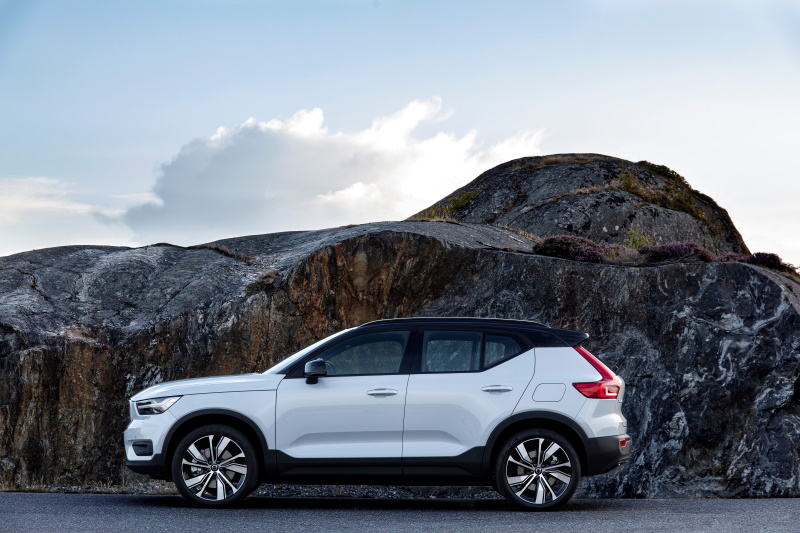
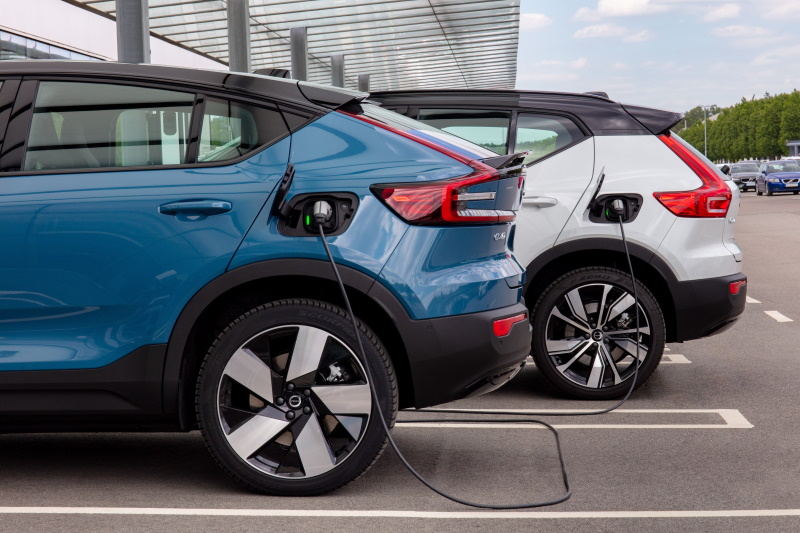

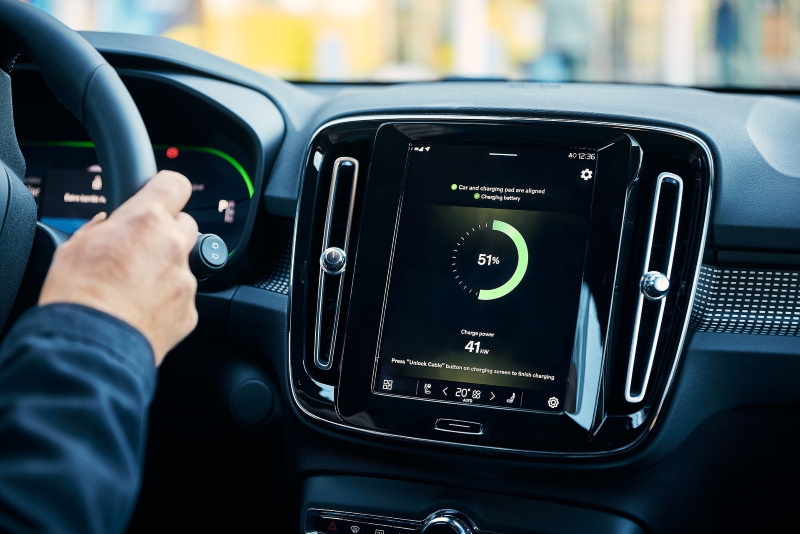
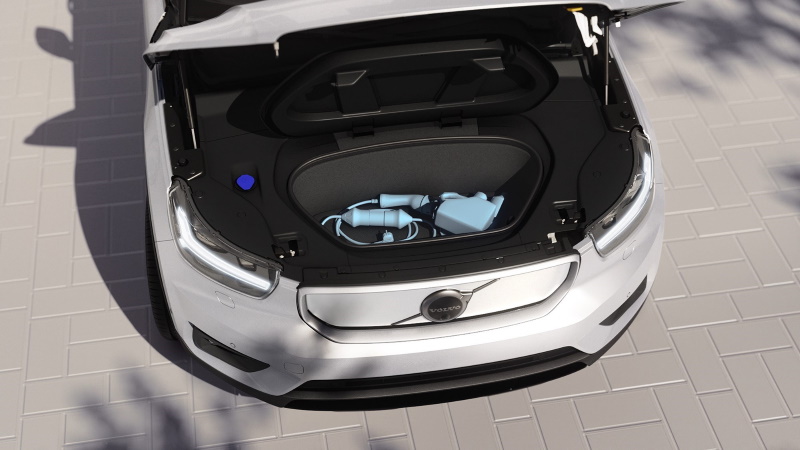
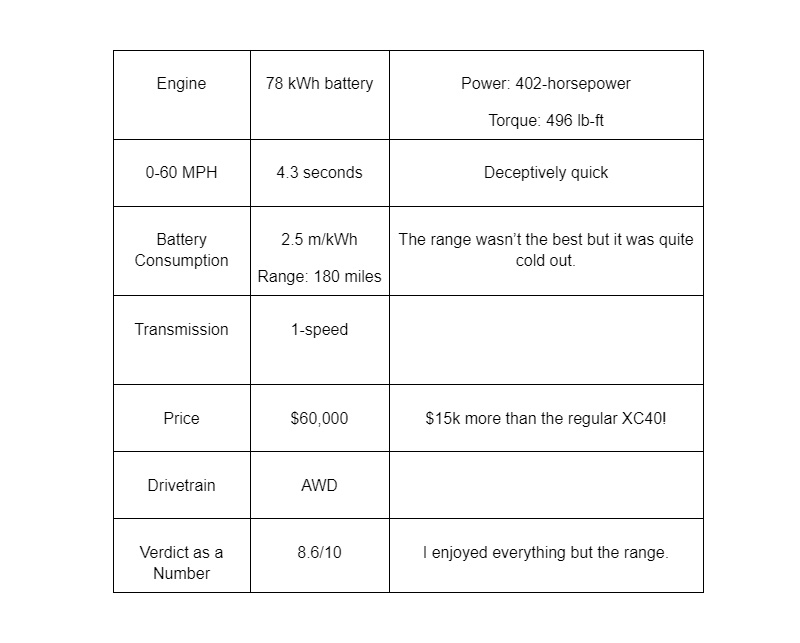



_websize.jpg)










